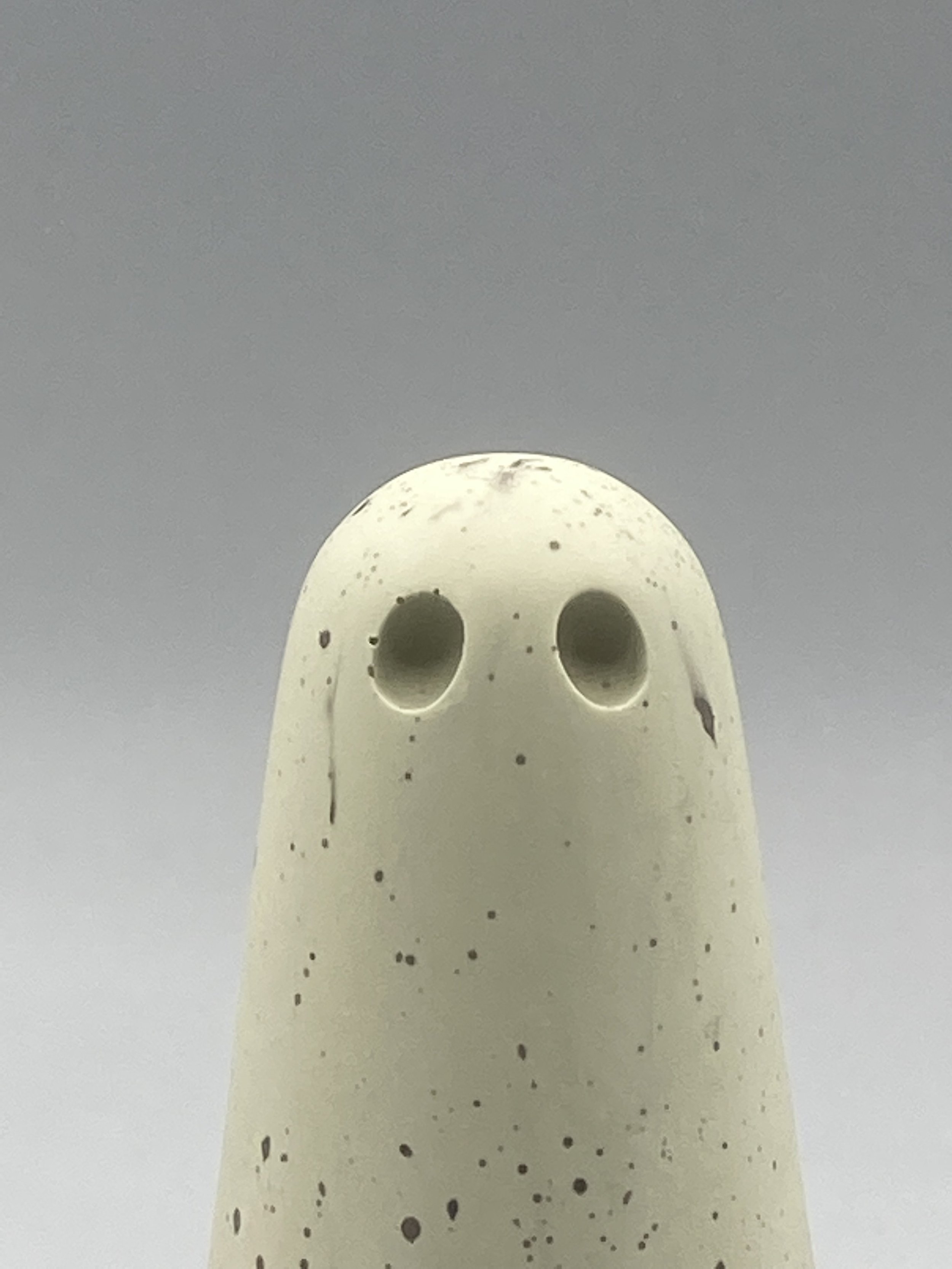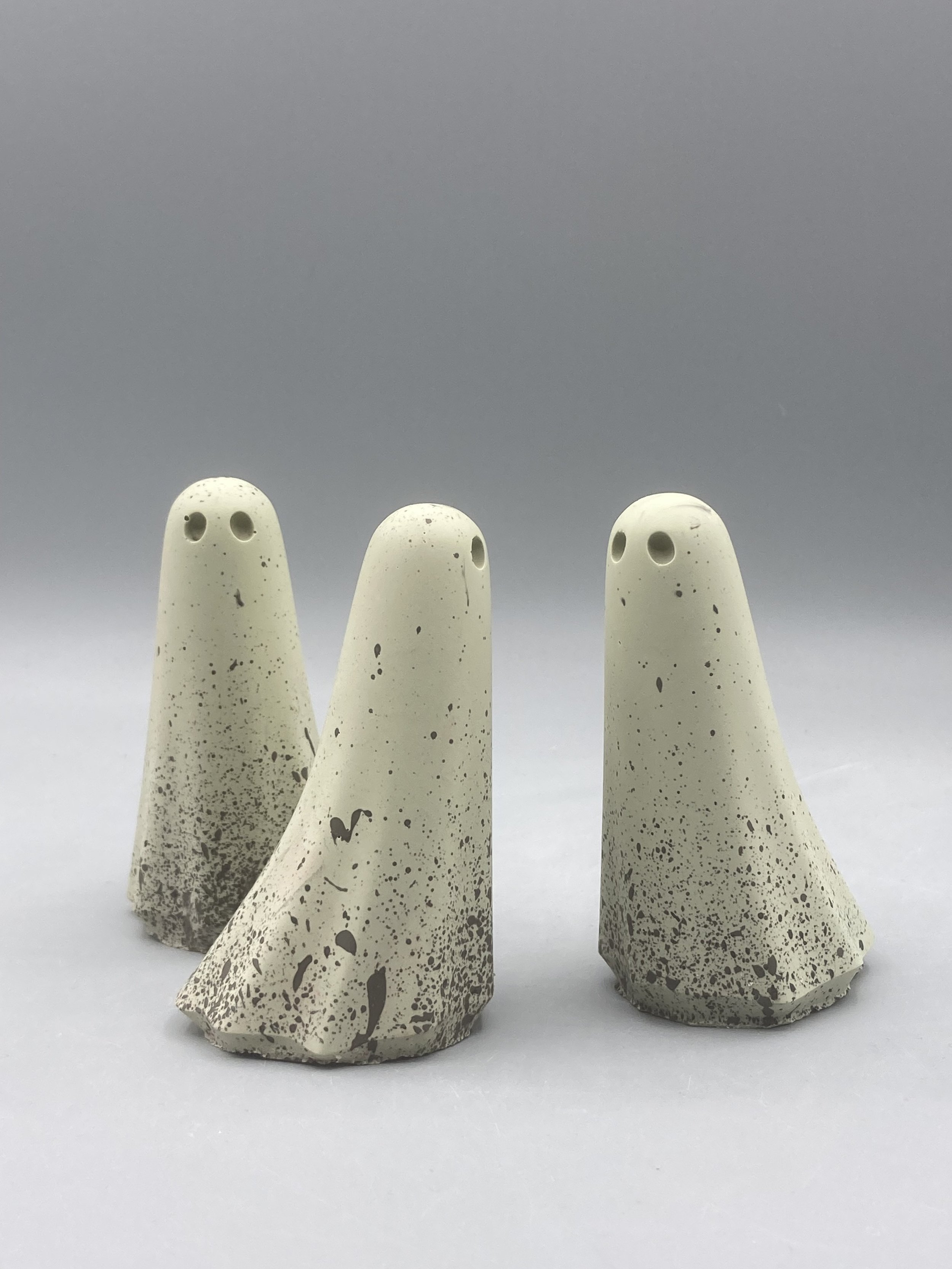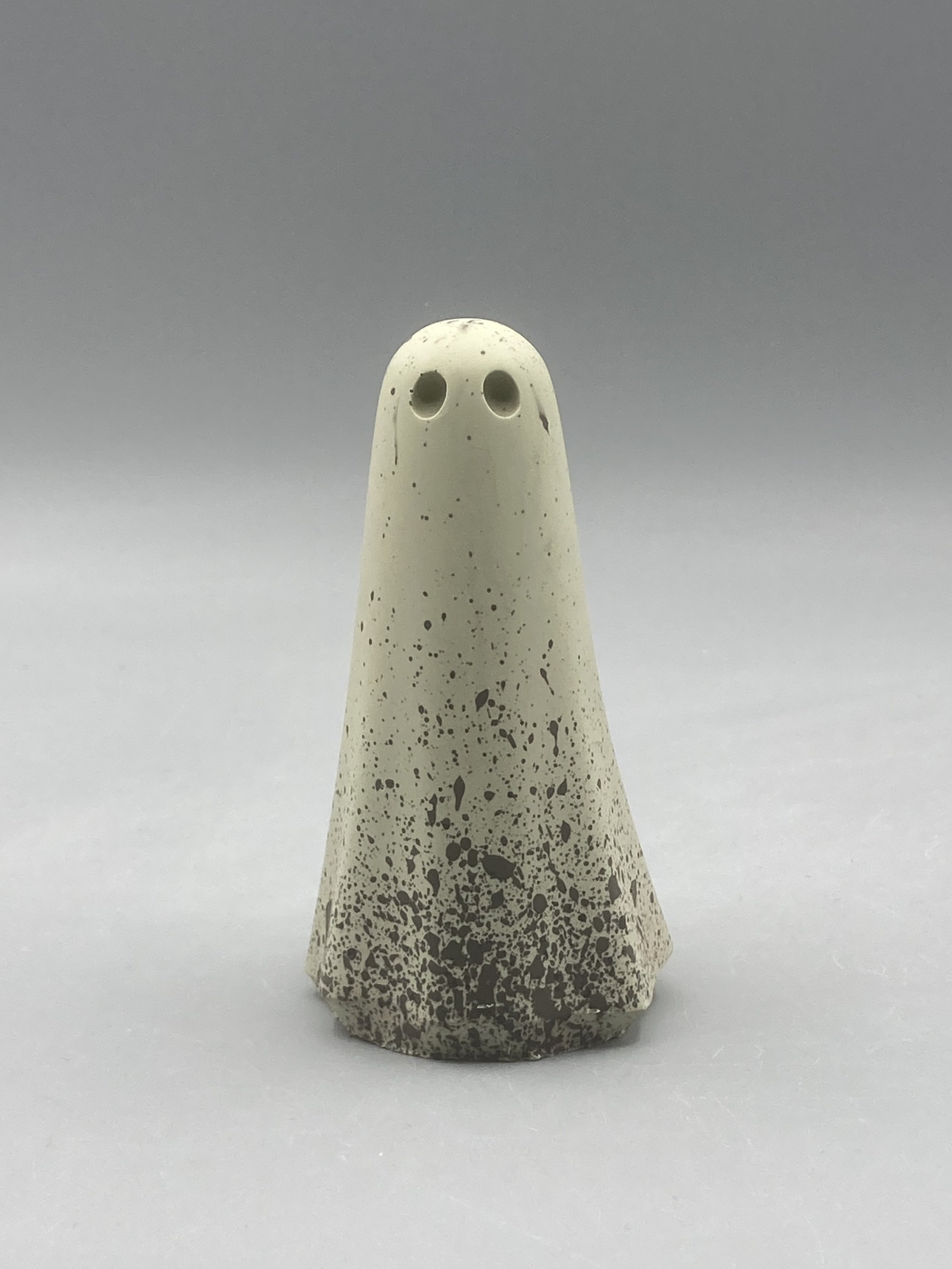


The Egg Collector / Linnet
From the late 1700s until the late 1800s, governments, wealthy collectors, and large museums such as the British Museum of Natural History commonly funded expeditions around the world to procure bird’s egg specimens – the main goal being to describe and catalogue new species. These expeditions employed “field collectors” to acquire the eggs, and included many famous naturalists who also often published the results of their findings, such as Charles Darwin and his contemporary Alfred Russell Wallace.
Egg-collecting became a mania in Victorian England amongst ornithology enthusiasts and collectors such as Lord Rothschild collected thousands of egg-sets in his curiosity collection. It became an increasingly popular practice throughout the Victorian Era, as there was a growing interest in science and the value of factual knowledge over superstition and outmoded research methods. The scientific value of egg collecting began to wane as museums filled with samples and, by the dawn of the 20th century, the public viewed eggers as hobbyists rather than intellectuals. As the 20th century progressed, the number of collectors dwindled but the small cadre who still practiced often did so fanatically. Eventually, it became the consensus that they weren't just hobbyists, but rather a nuisance and - even worse - a legitimate threat to some bird species. Legislation, such as the Protection of Birds Act 1954 and the Wildlife & Countryside Act of 1981 in the United Kingdom, has made it impossible to collect wild birds' eggs legally. In the United Kingdom, it is only legal to possess a wild-bird's egg if it was taken before 1954, or with a permit for scientific research; selling wild birds' eggs, regardless of their age, is illegal and we in no way condone it.
Our Egg Collector Ghost is in part inspired by a the book A Natural History of the Nests and Eggs of British Birds, 1853–6 by the naturalist Francis Orpen Morris. Morris was ordained as a priest in York in 1835 and seven as a curate at various locations before settling in the rectory of Nunburnholme East Yorkshire where he stayed until his death in 1893. The illustrations of the book inspire the patterns of our Egg Collector series. Egg Collector Ghosts are named after the bird who’s egg they are based upon. Much like the Victorian egg collections themselves some of these Ghosts will be rarer than others. Some may be made as open releases while others may be released “clandestinely” or through other methods, all will be either stamped or bear a hand written text on the base giving a birds name.
The “peppered” style of these Ghosts give a unique and variegated pattern. All Ghosts are unique and the peppering varies from Ghost to ghost exactly as it does in each clutch of eggs so please be aware that your Ghost will not be exactly the same as the ones in the images. The first few eggs in the collection are Linnet eggs . A linnet is a small bird of the finch family with a melodious song. The eggs as drawn by Rev Morris are a light sage colour with dark markings. Sadly linnet numbers have declined by almost 60% over the past few decades.
H 8.5 x D 5.5 x W 4.5cm
